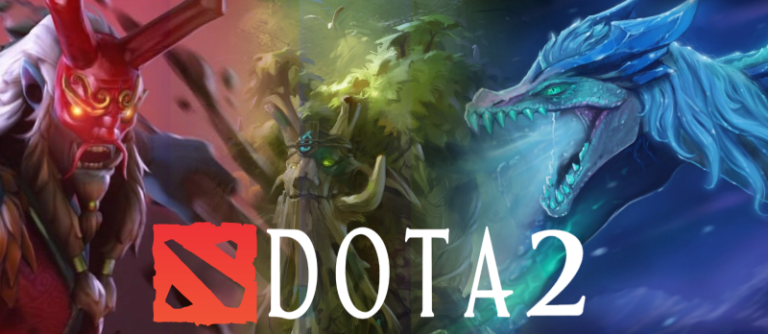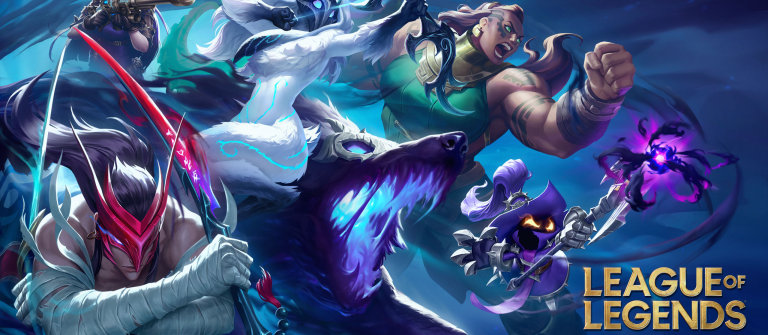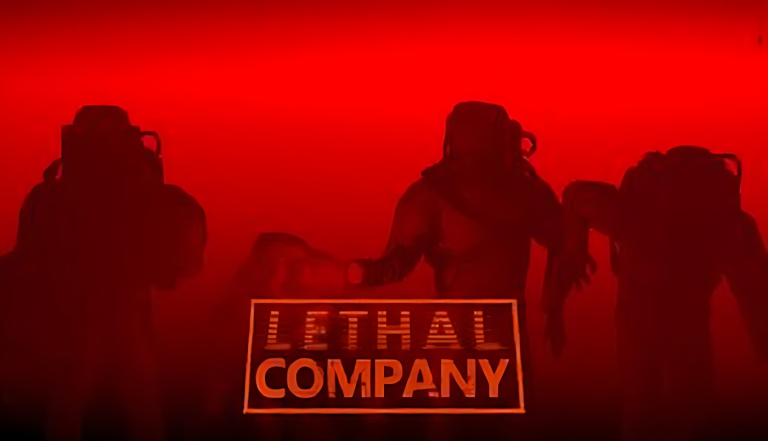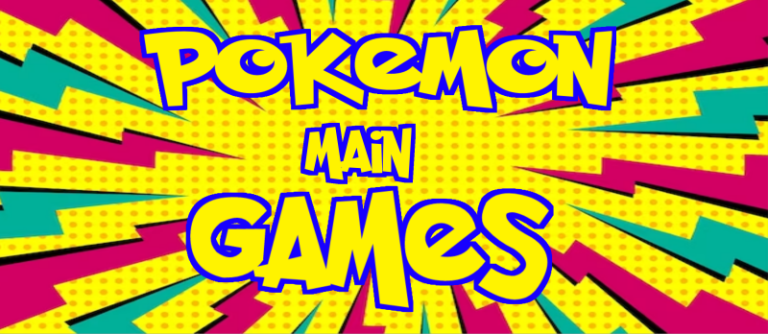The Human Knot Game – Team-Building and Strategies
Enter the realm of party games with the Human Knot game, a beloved and widely recognized exercise known for its ability to foster communication, cooperation, and problem-solving skills among participants. As teams intertwine their limbs in a metaphorical knot, they embark on a journey of collaboration and mutual support, ultimately emerging with strengthened bonds and enhanced teamwork capabilities.
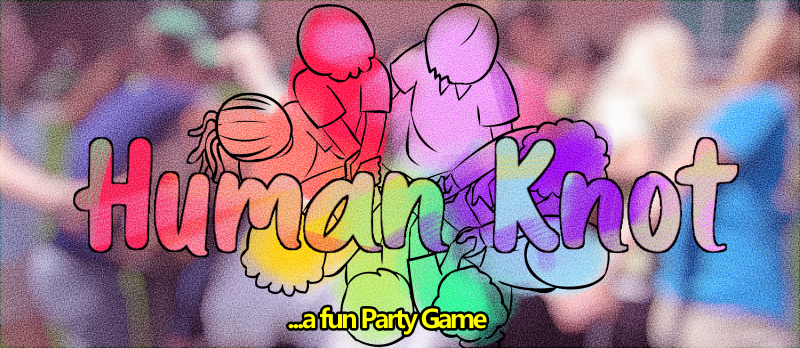
Overview of the Human Knot Game
The Human Knot is a popular physical activity used primarily in team-building exercises. This guide explores the structure, objectives, and benefits of the Human Knot game, offering insights into how it fosters communication and cooperation among participants.
Origins and Purpose of the Human Knot Game
The Human Knot game is believed to have originated from icebreaker activities used in group settings to promote interaction and teamwork. It serves as a metaphor for disentangling complex group dynamics and enhancing collaborative skills.
Key components of the Human Knot:
- Group Formation: Participants form a circle and grab hands randomly across from one another.
- Problem Solving: The essence of the game is to untangle the group without releasing hands, requiring strategic movement and coordination.
- Communication: Effective verbal and non-verbal communication is essential to successfully disentangle the knot.
- Physical Coordination: Requires physical dexterity to maneuver without breaking the chain of hands.
Looking to strengthen teamwork and improve problem-solving skills in your group? Try the Human Knot game at your next team-building event and experience firsthand the power of collective effort and strategic communication, just like the collaborative spirit found in Teen Patti Stars!
Enhancing Communication and Collaboration Through the Human Knot Game
The Human Knot game is renowned for its effectiveness in fostering essential communication and collaboration skills. This section delves into how the game serves as a practical tool in team-building exercises, enhancing interpersonal dynamics among participants.
Fundamentals of Communication in the Human Knot
Effective communication is pivotal in the Human Knot game, where participants must verbally guide each other to solve the physical puzzle. The game inherently teaches the value of clear, concise communication and the necessity of listening, as players navigate through the entanglement.
Key communication strategies
- Clear Instructions: Importance of giving precise and understandable instructions to fellow participants.
- Active Listening: Emphasizing the need to listen actively to others’ suggestions and feedback.
- Non-Verbal Cues: Utilizing non-verbal communication to guide and reassure teammates during the game.
- Feedback Loop: Creating an effective feedback loop where suggestions are implemented and revised continuously.
Ready to transform your team dynamics? Engage in the Human Knot game to build stronger communication bridges and foster a spirit of collaboration. Discover the power of teamwork today by clicking this link right here!
Collaborative Dynamics in the Human Knot
The Human Knot not only improves communication but also strengthens collaboration among players. The game requires a collective effort to untangle the group, promoting a sense of unity and shared responsibility.
Collaboration techniques enhanced by the Human Knot
- Problem-Solving as a Team: Tackling complex challenges collectively and efficiently.
- Role Flexibility: Adapting to different roles within the group as needed to achieve common goals.
- Trust Building: Enhancing trust among team members as they rely on each other to solve the knot.
- Conflict Resolution: Managing disagreements and conflicts that arise during the game and turning them into constructive resolutions.
In conclusion, the Human Knot game is an excellent metaphor for the challenges and rewards of effective communication and collaboration. It not only brings team members closer but also enhances their ability to work under pressure and communicate in stressful situations. By participating in this game, groups can significantly improve their interpersonal skills and cohesiveness, crucial for success in any collaborative environment.
Strategic Problem-Solving in the Human Knot Game
The Human Knot game not only tests physical agility but also challenges participants’ problem-solving skills. This section explores the strategies that can be applied to effectively navigate the complexities of the game, fostering both individual and collective problem-solving capabilities.
Identifying Challenges in the Human Knot
Human Knot presents a series of intertwined physical and mental challenges. Participants must identify and understand these challenges to strategize effectively. The game’s unique structure forces players to assess their situation continuously and adapt their strategies accordingly.
Common challenges in the Human Knot:
- Limited Mobility: Navigating physical constraints without breaking hand connections.
- Communication Barriers: Overcoming difficulties in verbal and non-verbal communication within the group.
- Diverse Problem-Solving Approaches: Integrating different problem-solving styles from various participants.
- Stress Management: Maintaining composure and focus under the pressure of untangling the knot.
Enhance your team’s problem-solving skills with the Human Knot game. Challenge yourselves to think creatively and collaborate under pressure. Discover the potential of strategic thinking in building a cohesive team!
Effective Problem-Solving Techniques
To succeed in the Human Knot, participants must employ specific problem-solving techniques that encourage both creativity and logical thinking. These strategies are crucial for disentangling the knot efficiently while fostering a supportive team environment.
Key problem-solving strategies in the Human Knot:
- Step-by-Step Analysis: Breaking down the knot into smaller, manageable parts to simplify the problem.
- Role Assignment: Designating leaders or coordinators within the group to direct and streamline the problem-solving process.
- Alternate Perspectives: Encouraging team members to propose unique solutions based on their viewpoints.
- Trial and Error: Emphasizing the importance of experimenting with different strategies to find the most effective solution.
In conclusion, the Human Knot game serves as a powerful metaphor for complex problem-solving in team settings. By engaging in this activity, participants develop key skills essential for navigating real-world challenges. The game not only enhances individual problem-solving abilities but also strengthens collective teamwork, making it a valuable exercise for groups seeking to improve their dynamic and efficiency.

